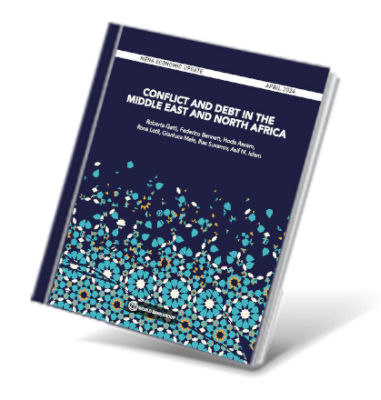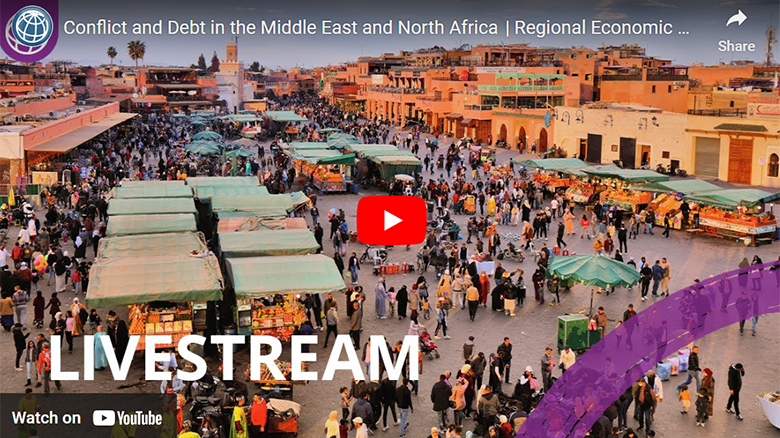Algeria | Bahrain | Djibouti | Egypt | Iran | Iraq | Jordan | Kuwait | Lebanon | Libya | Morocco | Oman | Palestinian Territories | Qatar | Saudi Arabia | Syria | Tunisia | United Arab Emirates | Yemen
Country Profiles
Chapters
Part I | Macroeconomic Outlook
World Bank economists forecast that growth in the Middle East and North Africa (MENA) will grow at a modest rate of 2.7% in 2024 up from 1.9% in 2023. Oil importers and oil exporters are expected to continue to grow at similar rates in 2024. The difference between forecast growth in the Gulf Cooperation Council (GCC) economies and developing oil importers (excluding Egypt) in 2024 is almost a percentage point. In contrast, in 2022 the GCC grew 5.6 percentage points faster. The low growth is expected to bring tepid improvements in living standards in the region, with GDP per capita expected to grow a modest 1.3% in 2024. While this is an overall improvement from 2023, the increase is driven almost entirely by the GCC economies.
Part II | Conflict
This latest edition of the MENA Economic Update (MEU) examines the impact the conflict is having on the Palestinian economy, as well as the economies of the region and beyond. In Gaza, economic activity has virtually ground to a halt. In the fourth quarter of 2023, GDP in the Gaza Strip was 86% lower than it was in the final three months of 2022. The outlook for the Palestinian economy is highly uncertain and depends upon how the conflict unfolds. The report underscores how the conflict has increased uncertainty in the rest of the MENA region. Finally, the report discusses how maritime transportation particularly through the Suez Canal has been disrupted, affecting not only the MENA region but global trade.
Part III | Debt
Over the past decade, most MENA economies experienced increases in their debt-to-GDP ratios. The report uses a novel accounting framework to provide insights about the contributions of changes in nominal stocks of debt, growth, and inflation to the evolution of the debt-to-GDP ratio across countries and over time. The report finds that MENA oil importers have difficulty in growing out of debt as episodes of growth coincide with faster debt accumulation, which offsets the reduction in debt-to-GDP typically experienced due to growth. In addition, oil importers in the region have been unable to reduce their debt-to-GDP ratio through inflation largely due to exchange rate fluctuations and unaccounted factors that are beyond the fiscal budget, often called stock-flow adjustments, pointing to the need for greater debt transparency. Meanwhile, for MENA oil exporters, the report finds that episodes of high GDP growth typically coincide with periods of smaller increases in nominal debt stocks, both of which contribute to a slower increase – or a faster decrease – in the debt-to-GDP ratio. The authors conclude with policy recommendations to both oil importing and exporting economies in the region to address rising public debt. Greater debt transparency is needed, especially for oil importers. For oil exporters in the region, economic diversification is key.





